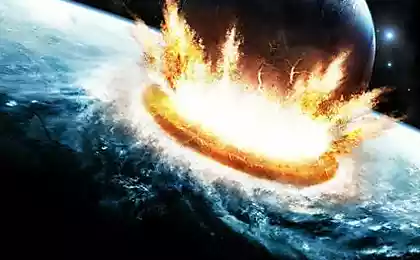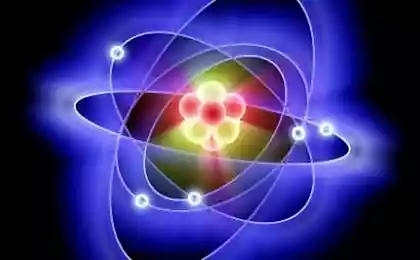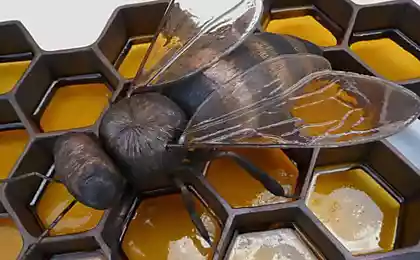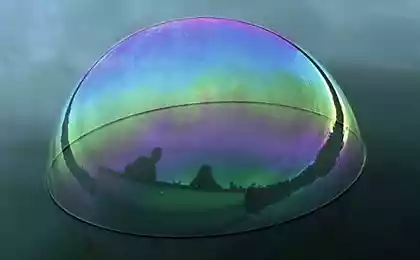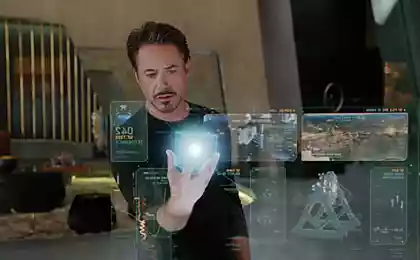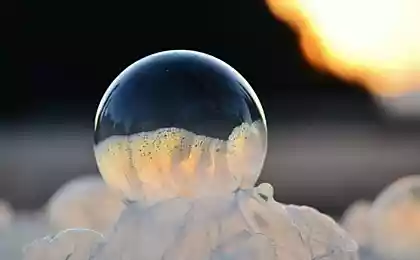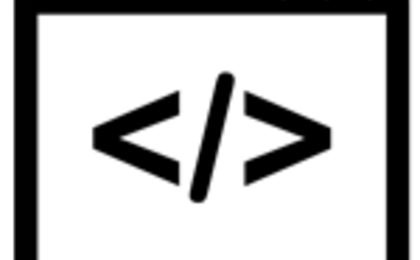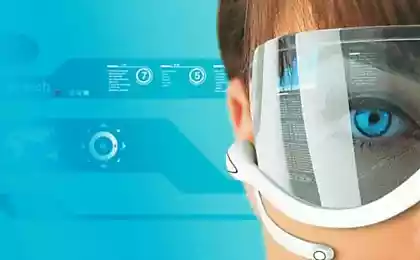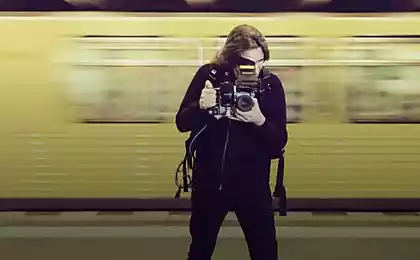521
The display of soap bubbles
Since then, as people abandoned the bulky cathode ray tubes, displays are becoming thinner. New, thinner monitors and TVs appear on the market more often than the time to sell the old model, yet just yesterday served as a reference.
But scientists and engineers still can not calm down. Researchers from the University of Tokyo proposed a method that allows you to create the display is so thin that it... like there is almost a single image.
We all started in the childhood soap bubbles. Some of this activity is a pleasure in adulthood. A soap bubble is a thin film, and therefore, it is possible to project the image.
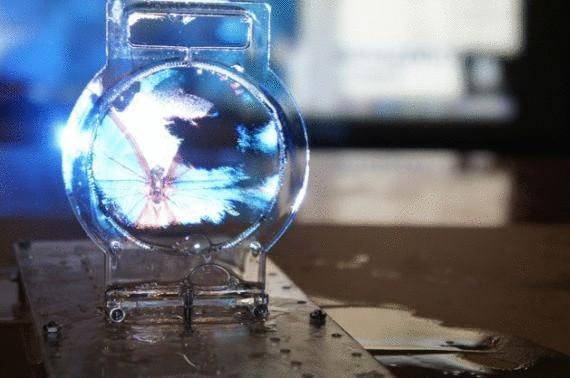
At first glance, nothing special is not here, I think, focused the projector in the film. But really, not quite. Wall bubble, formed by the colloidal liquid, is able to reflect and refract light differently, and Japanese scientists figured out how to manage the process for creating images. Thanks to the original control system and running "soap display."
The basis of the invention uses the properties of ultrasound acting on the bubbles surface. The membrane screen is controlled using ultrasonic vibrations emitted from the speakers. Ultrasound changes the transparency of the colloidal film and its texture depending on the characteristics of sound waves.
The device automatically creates a membrane, and manages them using the light source and ultrasonic radiators. Under the influence of the control signals change the appearance, transparency and so-called function BRDF (Bidirectional Reflectance Distribution Function) — bidirectional distribution function of reflection.
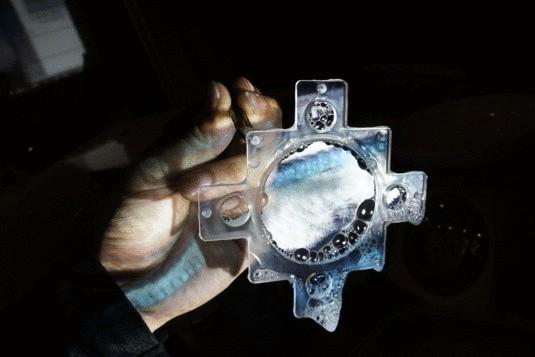
What is the result? The combination of ultrasound and ultra-thin membranes improves the image quality, makes it more realistic, legible and bright. According to lead researcher Yoichi, Ochiai (Yoichi Ochiai): "This system will contribute to opening up new opportunities to output clear images, clear and stretchy".
Ingredients colloidal liquid, which was used by Japanese scientists, include sugar, glycerin, soap, surfactant, water and milk. Their combination allows to establish a solid colloidal bubbles which are not so easy to destroy. Even solid objects can pass through the membrane without rupturing it.
Combining General management of several of these screens, you can create three-dimensional images such as holograms.
The researchers believe that their screen will be useful for artists, museums and all others who are using the large multimedia visual displays.
Source: /users/104
But scientists and engineers still can not calm down. Researchers from the University of Tokyo proposed a method that allows you to create the display is so thin that it... like there is almost a single image.
We all started in the childhood soap bubbles. Some of this activity is a pleasure in adulthood. A soap bubble is a thin film, and therefore, it is possible to project the image.

At first glance, nothing special is not here, I think, focused the projector in the film. But really, not quite. Wall bubble, formed by the colloidal liquid, is able to reflect and refract light differently, and Japanese scientists figured out how to manage the process for creating images. Thanks to the original control system and running "soap display."
The basis of the invention uses the properties of ultrasound acting on the bubbles surface. The membrane screen is controlled using ultrasonic vibrations emitted from the speakers. Ultrasound changes the transparency of the colloidal film and its texture depending on the characteristics of sound waves.
The device automatically creates a membrane, and manages them using the light source and ultrasonic radiators. Under the influence of the control signals change the appearance, transparency and so-called function BRDF (Bidirectional Reflectance Distribution Function) — bidirectional distribution function of reflection.

What is the result? The combination of ultrasound and ultra-thin membranes improves the image quality, makes it more realistic, legible and bright. According to lead researcher Yoichi, Ochiai (Yoichi Ochiai): "This system will contribute to opening up new opportunities to output clear images, clear and stretchy".
Ingredients colloidal liquid, which was used by Japanese scientists, include sugar, glycerin, soap, surfactant, water and milk. Their combination allows to establish a solid colloidal bubbles which are not so easy to destroy. Even solid objects can pass through the membrane without rupturing it.
Combining General management of several of these screens, you can create three-dimensional images such as holograms.
The researchers believe that their screen will be useful for artists, museums and all others who are using the large multimedia visual displays.
Source: /users/104

